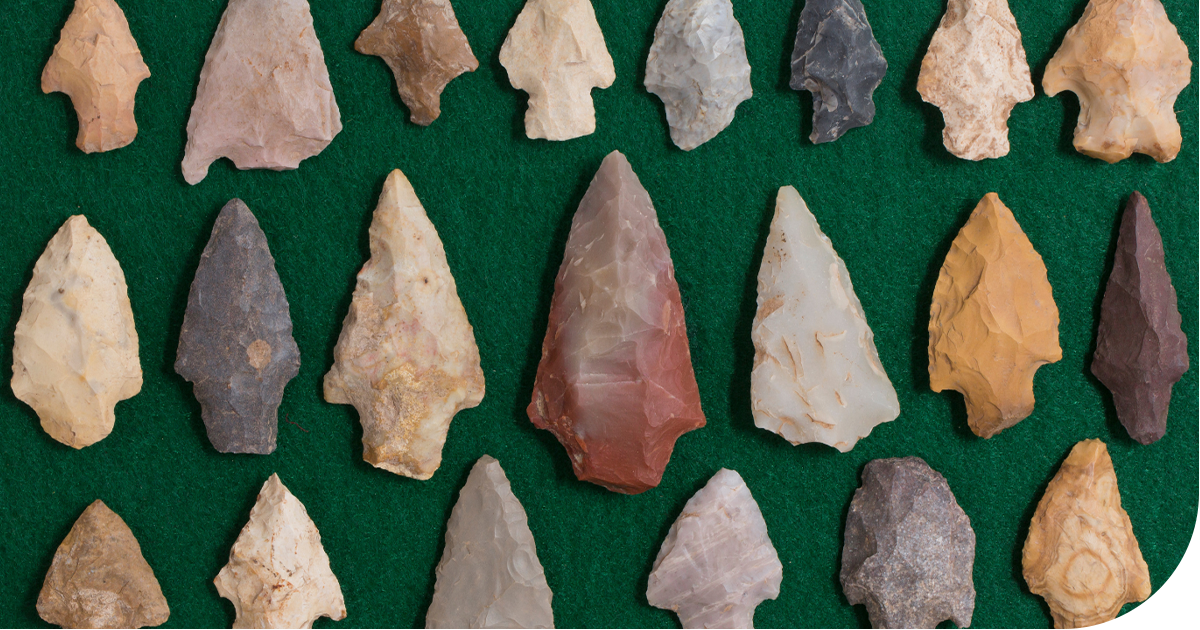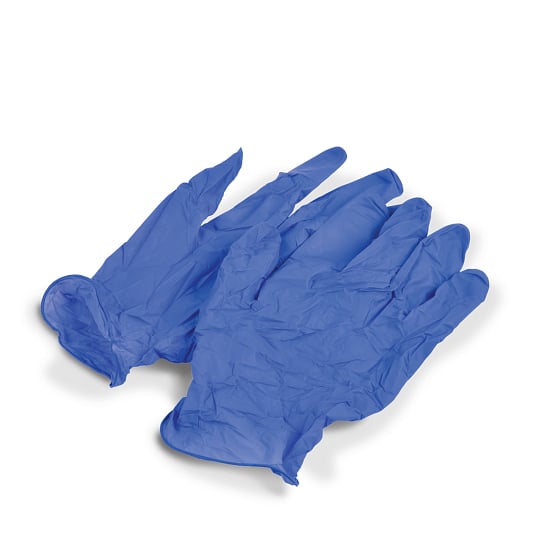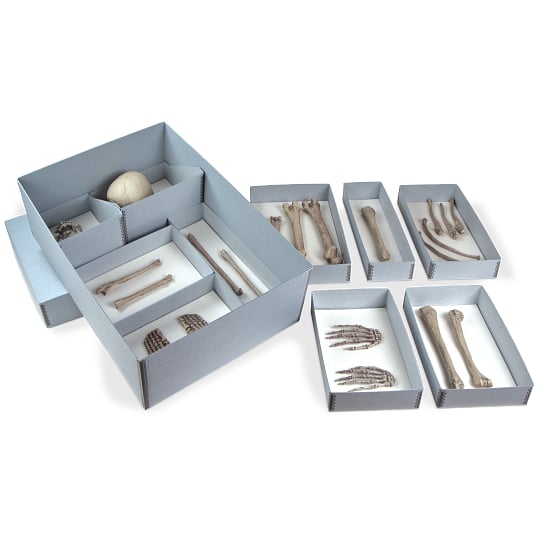Natural history specimens and artifacts find their way into most collections, not just those of natural history museums. Choose materials that offer stability and physical protection. Avoid buffered papers and boards for any collections involving animal proteins.
Marking objects in museum collections is important to connect objects with their documentation and other helpful information. It can help you maintain inventory control for permanent or temporary exhibits, and in a worst-case scenario, identify objects in case of theft. Proper labeling also will limit the amount of handling, preventing damage or loss. When labeling items use small numbers and mark the object in an unobtrusive place away from the maker's mark. Labels can also be included inside or on the object’s enclosure.
Taxidermy Mounts
- Environment: Cool temperature and moderate RH; low light
- Handling: Minimize handling and lift from the base to avoid damage
- Storage: Inspect regularly for pests; storage materials that come in contact with leather should be unbuffered
- Caution: Taxidermy mounts and skins may contain DDT or arsenic to protect against insects; use disposable gloves, respirator, and protective clothing when handling
Baskets
- Environment: Cool temperature and moderate RH (too dry and the basket may become brittle; too much humidity promotes mold growth); protect from dust that can attract insects and encourage mold; dark or low light
- Handling: Lift from the bottom with two hands, don't lift from the rim or handle, as these may be weak and break
- Storage: Inspect regularly for pests; maintain the shape of baskets by stuffing with crumpled unbuffered tissue
Leather
- Environment: Store leather objects in a cool, moderately dry area and avoid fluctuations in temperature and humidity
- Handling: Provide support to diminish stress on the object
- Storage: Inspect regularly for pests; storage materials that come in contact with leather should be unbuffered; leather dressings are no longer recommended as they may darken leather and leave it sticky which attracts dust
Metal
- Environment: Most metals rust, corrode or tarnish under unfavorable conditions. Low relative humidity (RH) is important as moisture contributes to corrosion; if metals are already corroding, they should be moved out of the general collection to a cabinet that is kept extremely dry with dried silica gel; keep metal objects clean and dust-free
- Handling: Handle with clean cotton or nitrile (not latex) gloves to avoid transferring corrosive salts from perspiration
- Storage: Inspect regularly for pests; powder paint shelving or cabinet; maintain clean, circulating air
Note: If your collection is of historical value, we recommend you consult a conservator. Find one near you via the American Institute for Conservation of Historic and Artistic Works’ (AIC) Find a Conservator tool.





